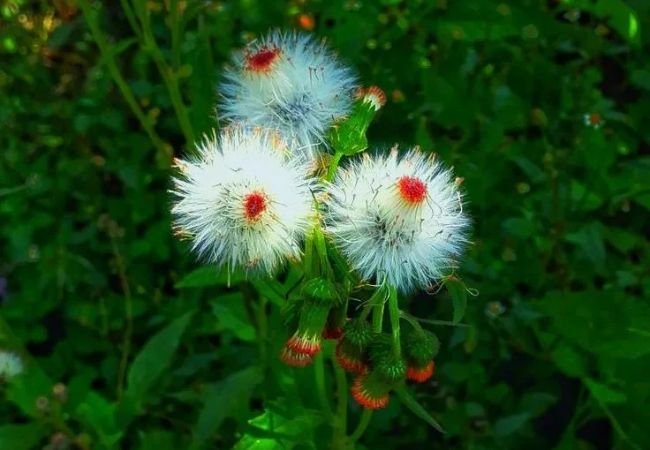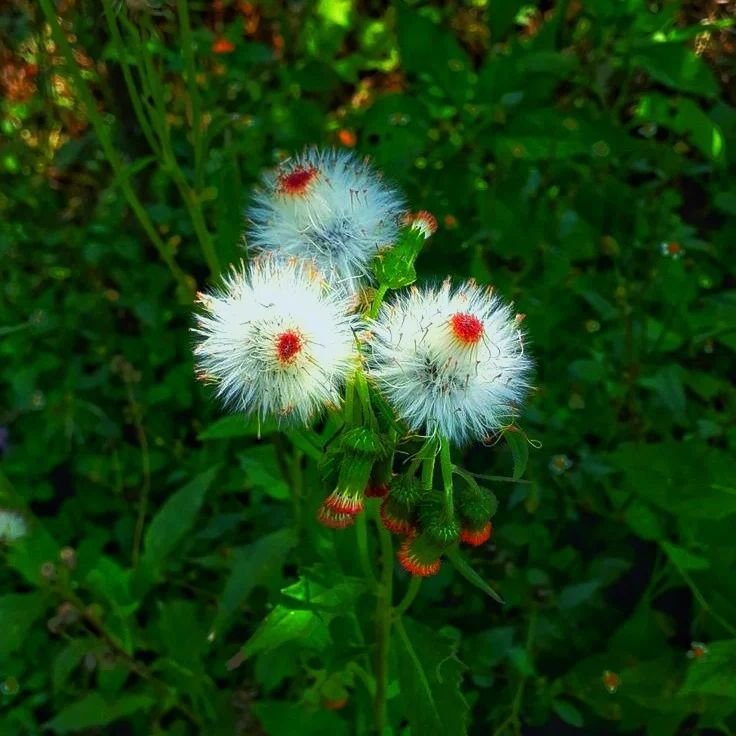Discover the surprising benefits and versatility of dandelions. Learn about their uses, care tips and ecological importance in this comprehensive guide to these common yet misunderstood flowers.
Dandelions are often seen as pesky weeds, but these resilient yellow flowers have much more to offer than meets the eye. From their edible parts to their ecological benefits, dandelions deserve a second look. In this article, we’ll explore everything you need to know about dandelions and why you might want to reconsider pulling them out of your lawn.
Here’s the information about Dandelions in a chart format:
| Aspect | Details |
|---|---|
| Botanical Name | Taraxacum officinale |
| Common Name | Dandelion |
| Plant Zone | USDA zones 3-10 |
| Sun Exposure | Full sun to part shade |
| Soil Type | Any soil, prefers well-drained soil |
| Watering Needs | Low to moderate |
| Growth Habit | Herbaceous perennial |
| Height/Spread | Height: 6-12 inches Spread: 6-12 inches |
| Special Features | Edible leaves and roots, attracts pollinators, medicinal properties, hardy and resilient |
What are Dandelions?
Dandelions (Taraxacum officinale) are common flowering plants known for:
- Bright yellow flowers that turn into white, fluffy seed heads
- Deep taproots that can reach up to 15 feet deep
- Ability to grow in various conditions
- Year-round presence in many areas
Learn more about dandelions from the USDA Plants Database.
Growing Dandelions
While most people try to get rid of dandelions, they’re actually easy to grow:
- Sunlight: Full sun to partial shade
- Soil: Adaptable to various soil types
- Water: Drought-tolerant once established
- Hardiness: Found in all 50 states, hardy in USDA zones 3-10
For more information on dandelion growth, visit the University of Wisconsin-Madison Extension website.
Uses of Dandelions
Dandelions have numerous uses:
- Edible flowers, leaves and roots
- Medicinal purposes in traditional herbalism
- Natural dye for fabrics
- Attractant for pollinators
Learn about the culinary uses of dandelions from the University of Maine Cooperative Extension.
Dandelions in Your Yard
Instead of fighting dandelions, consider:
- Leaving them for pollinators
- Harvesting them for food or tea
- Using them as natural fertilizer
- Incorporating them into your landscaping
For ideas on sustainable lawn care, check out the Environmental Protection Agency guide.
Ecological Benefits
Dandelions play important roles in ecosystems:
- Early spring food source for bees and other pollinators
- Soil improvement through deep taproots
- Food source for various wildlife
Discover more about the ecological benefits of common plants at the National Wildlife Federation website.
Controlling Dandelions
If you do want to control dandelions:
- Maintain a healthy, dense lawn
- Remove plants by hand, including the entire root
- Use organic herbicides as a last resort
The University of Maryland Extension offers advice on managing dandelions in lawns.
Harvesting Dandelions
To harvest dandelions for consumption:
- Collect from areas free of pesticides and pet waste
- Harvest young leaves before flowers appear for best flavor
- Pick flowers when fully open
- Dig roots in fall or early spring
Learn more about foraging safely from the U.S. Forest Service.
Dandelion Recipes
Dandelions can be used in various recipes:
- Dandelion greens salad
- Dandelion tea
- Dandelion wine
- Dandelion jelly
Find dandelion recipes at the University of Illinois Extension website.
Fun Facts about Dandelions
- The name “dandelion” comes from the French “dent de lion,” meaning “lion’s tooth,” referring to the plant’s jagged leaves
- A single dandelion plant can produce up to 20,000 seeds
- Dandelions close at night and open again in the morning
Dandelions in American Culture
Dandelions have a unique place in American culture:
- Featured in children’s games (blowing on seed heads to tell time)
- Used to make wishes
- Symbolize resilience and adaptability
Learn more about the cultural significance of common plants from the Smithsonian Gardens.
While often overlooked or considered a nuisance, dandelions offer numerous benefits for both humans and ecosystems. From their edible parts to their importance for pollinators, these resilient plants deserve more appreciation. Whether you choose to embrace dandelions in your yard or control their growth, understanding their value can help you make informed decisions about your landscape.
For more information on lawn and garden care, visit the National Gardening Association website.
For more gardening tips and plant care guides, visit usagardenhub.com.



1 thought on “Dandelions : The Unsung Heroes of Your Lawn and Garden”